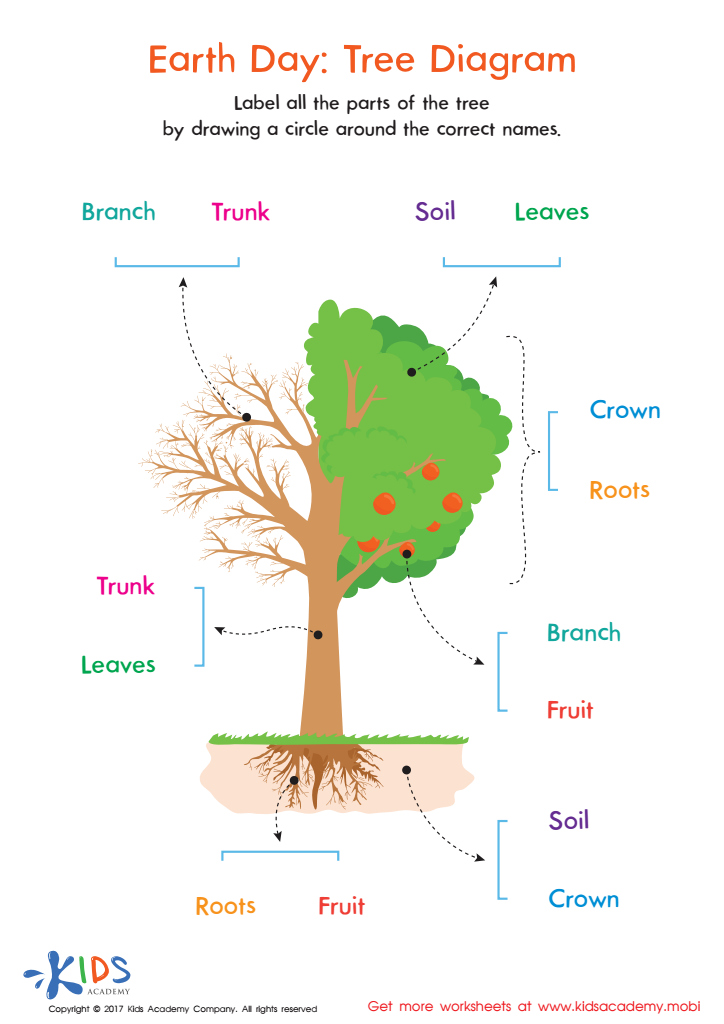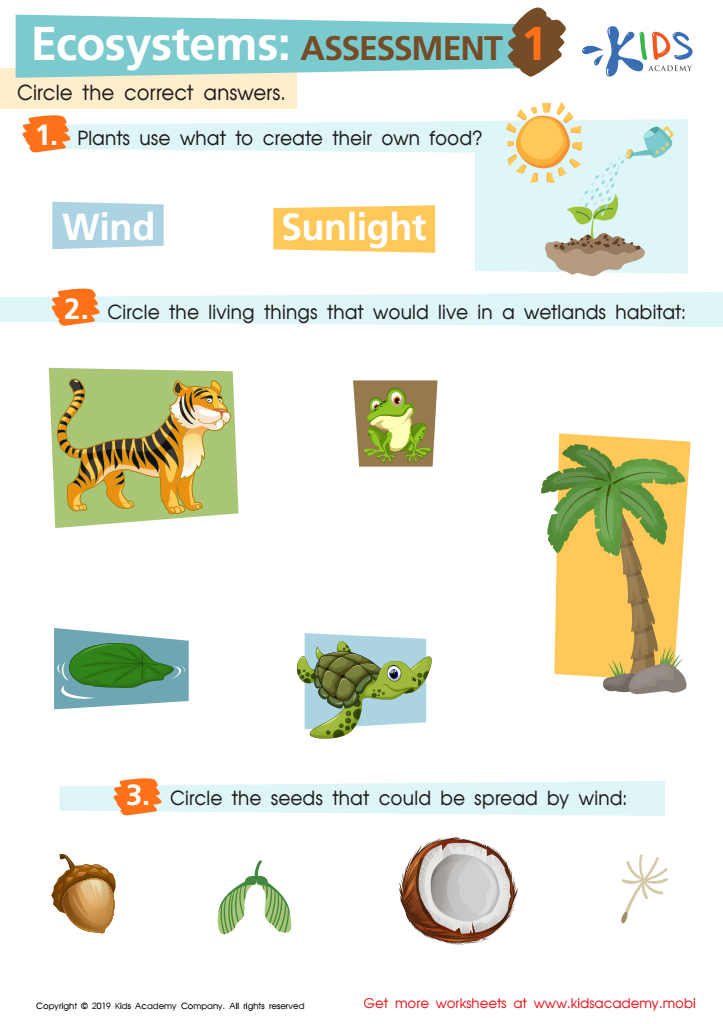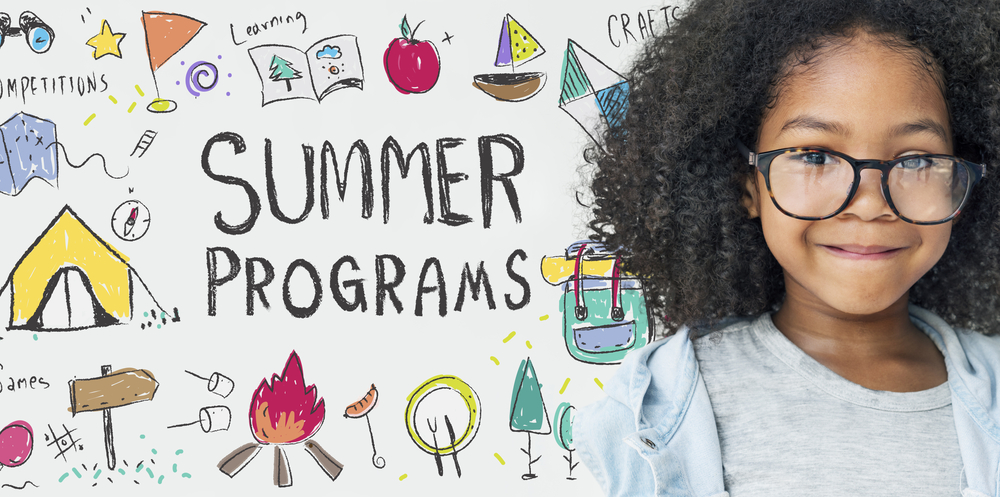Plants Worksheets for Ages 5-7
23 filtered results
-
From - To
Explore our engaging Plants Worksheets designed for young learners aged 5-7! Perfect for fostering a love for science in early education, these printable activities promote observation, comprehension, and critical thinking skills. Students will learn about plant life cycles, parts of plants, and their importance to the environment. Each worksheet features fun illustrations and interactive tasks that make learning enjoyable. Ideal for homeschoolers and classroom settings, our worksheets support varying learning styles and help reinforce key concepts in biology. Download now and cultivate your child’s curiosity about the natural world while building essential educational foundations!


Where Do They Grow Worksheet


Matching Types of Leaves Printable


Seeds on the Move Worksheet


Plants and Sunlight: Part 1 Worksheet


Rainforest Plants Worksheet


Saguaro Cactus Life Cycle Worksheet


Young and Adult Plants Worksheet


Earth Day: Tree Diagram Worksheet


The Cactus Plant Worksheet


Pond Plant Adaptations


Types of Flowering Plants Worksheet


Plant Fun Worksheet


Thorns and Spikes Worksheet


Rainforest Animals Worksheet


Parts of Flower Worksheet


The Path of Pollinators Worksheet


Ecosystems: Assessment 1 Worksheet


Rainforest Plants Worksheet


Life Cycle of Corn Worksheet


Plant Care Worksheet


Plants and Sunlight: Part 2 Worksheet


What Do Plants Need to Grow Worksheet


Identifying Living or Non–living Worksheet
Parents and teachers should care about plants for children aged 5-7 for several compelling reasons. First, plants serve as a gateway to understanding the natural world, fostering curiosity and a love of learning. Engaging with plants teaches children about life cycles, photosynthesis, and the importance of ecosystems, enriching their science education in a fun and hands-on manner.
Secondly, caring for plants instills a sense of responsibility in young learners. Watering, pruning, or repotting a plant helps children develop routine and care for living things, reinforcing concepts of nurturing and empathy. This can boost their confidence as they witness their efforts leading to growth and changes.
Moreover, plants can enhance children’s overall well-being. Studies show that exposure to green spaces and nature can improve mood, reduce stress, and increase focus — crucial for their emotional and cognitive development.
Lastly, gardening activities offer a fantastic opportunity for family bonding and community engagement. By growing plants together, parents and teachers can foster collaboration and communication, making learning an interactive experience that extends beyond the classroom or home. In short, integrating plants into children’s lives enriches their education and personal growth in numerous ways.
 Assign to My Students
Assign to My Students















